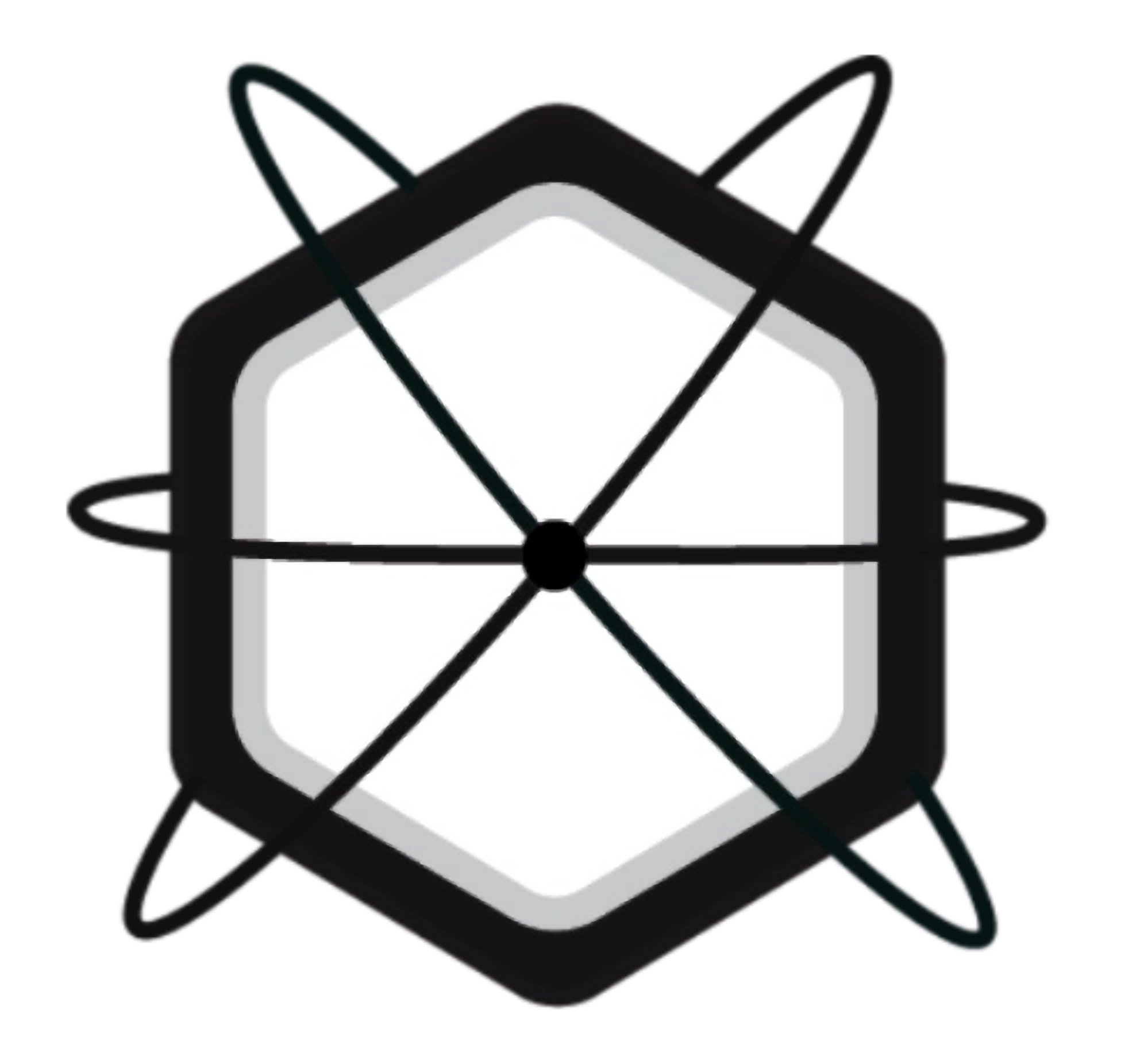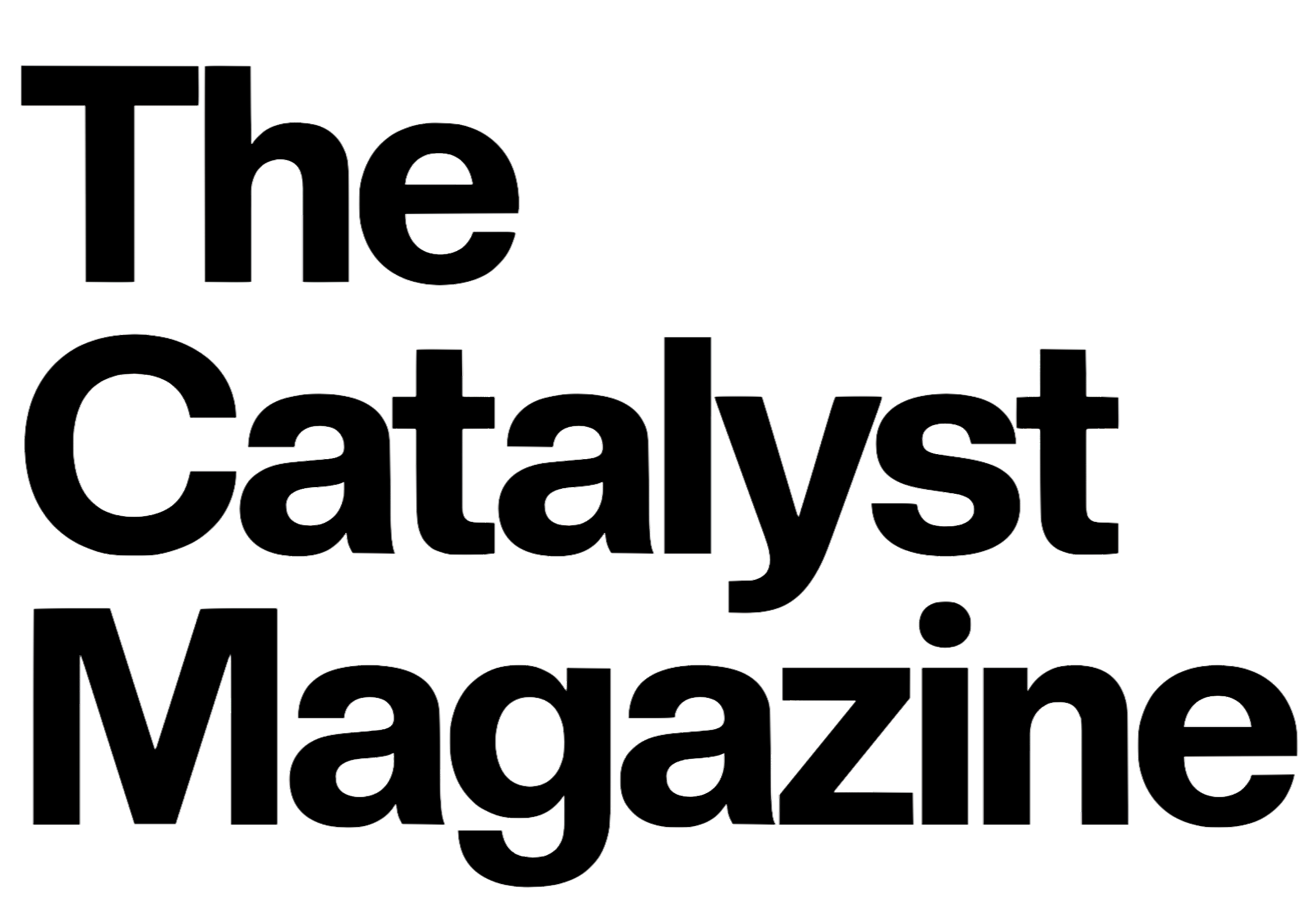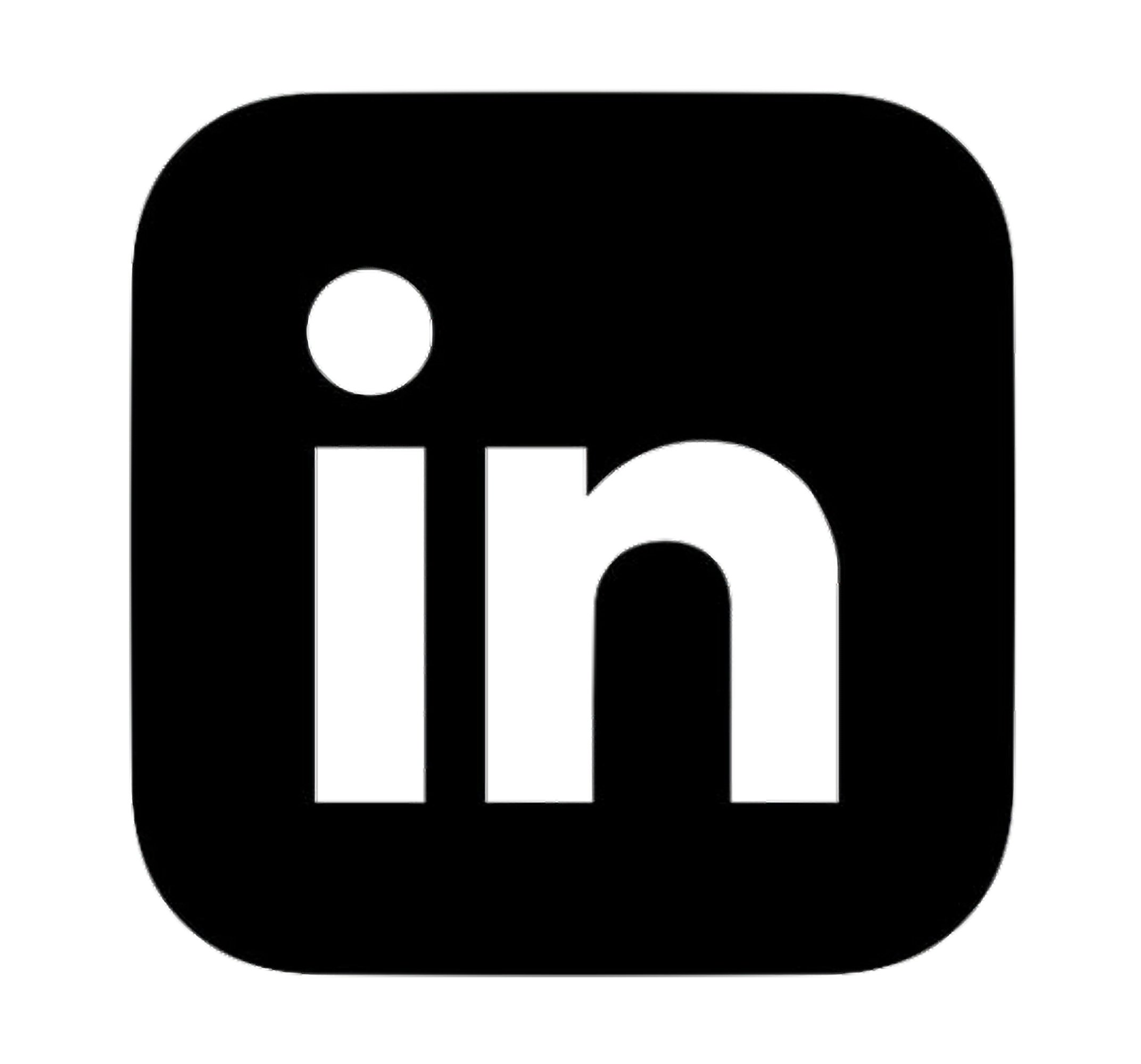The Role of Science Communication in Today's Discourse
- Alex Carter and Aidan Schurr
- May 7
- 4 min read
Updated: Jul 24
In an era of growing skepticism and polarized discourse, clear science communication is more vital than ever. We sat down with Holden Thorp to explore how one of the world’s leading science journals navigates this challenge. Join us as he reflects on his journey and the evolving role of scientific storytelling.
Background
In a time where trust in science is eroding and public discourse grows more polarized, accurately and effectively communicating new discoveries is becoming increasingly important for progress. Science communication is not only essential to spread information in a way that excites and informs people on the world around us, but to maintain a collaborative, interdisciplinary, and innovative scientific environment. Holden Thorp, the editor-in-chief of Science Magazine, has taken on the role to mediate the efflux of such discovery, giving him a unique perspective on how science and related communication can be approached. Career trajectories can evolve unexpectedly—rather than following an idealized course, Dr. Thorp notes that he "didn't set out to be an editor in chief at Science." His career has spanned academia and leadership: first, as a laboratory researcher and associate professor at North Carolina State University; later, as Chancellor of the University of North Carolina at Chapel Hill; and today, as both a professor at George Washington University and head of one of the highest impact science journals in the world.

The Communication Conundrum
A predisposition towards communication that is commonly held within the scientific community is that those who communicate science must also be experts in the laboratory. The traditional academic hierarchy often privileges research credentials over communicative abilities, an ideology that—as the United States continues to embrace anti-intellectualism—must be challenged. Thorp addresses this as a fatal flaw for science communicative efforts today:
“Why does a great explainer need a pipette? If someone is good at explaining things to people, asking questions, understanding how science affects their lives—we need them to be doing all of those things, whether they’re also good in the laboratory or not.”
Constructing restrictions to how scientific knowledge can circulate only succeeds in gatekeeping necessary paths that the public would otherwise take advantage of. Science communication, as a whole, exists not as a way to educate the general public on certain scientific topics—it is expressed as a way to excite and get people engaged in science; Thorp emphasizes that the path of treating science communication merely a vector for educational purposes has its faults:
"Why should people learn science if they have a lot of other things to do? It would make for better citizens—but we’d have better citizens if people learned a lot of things, not just science."
Bridging the Publication Gap
To move forward, it's incredibly important to maintain the flow of information through engagement with platforms that expand science communication. Broader access to science is achieved through publishers such as Science, PNAS, Cell, and more. The role that these publishers play has never been to serve as mass communicators to the general public; instead, they were built to validate, archive, and advance scientific discovery, taking on immense responsibility to facilitate communication between researchers.
"It’s important when you talk about science communication to understand what Science’s role is. We are not in the business of communicating science to the general public—we are a publication for scientists."
As the demands for transparency, accessibility, and public engagement with science have grown, this traditional model has revealed its limitations, raising urgent questions about how the scientific enterprise can and should interact with the wider world. Thorp makes an important distinction: scientific journals exist primarily to facilitate communication between researchers, not to popularize findings for a lay audience. It's a necessary role, but not a complete solution to the communication gap.
DC's Role in the Future
The solution to help solidify an integral role for science communicators in the coming years stems from Washington DC, the center of discourse for the attack on higher education—as well as the center for the world’s most prestigious institutes and facilities including the NIH, National Academy of Sciences, American Association for the Advancement of Science, and more.
“DC has always been a center for science, it’s where most of the scientific societies are located, including mine. It’s where the NIH and many other national labs are, including several excellent research universities and hospitals—when you put all those things together, it’s one of the places that (is really great for science). It’s exciting.
The responsibility to bridge this gap doesn't fall only to journalists, doctors, or research specialists; it belongs to all those engaged with science. At institutions like Planet Forward, the D.C. Science Writers Association, and the American Association for the Advancement of Science (AAAS), students and professionals alike are already working to bring science out of the ivory tower and into everyday conversations. These organizations are shaping the future of scientific communication.
A Call to Action
As Thorp continues to advocate for scientific engagement, we are reminded that all of us have a part to play as members of the scientific community. Whether you're a student passionate about climate change, a researcher with a story to tell, or simply curious about how science affects your world, now is the time to step in. Participate, write, speak, and amplify. Science needs your voice.








Comments